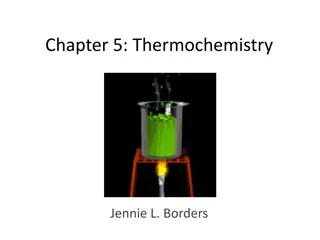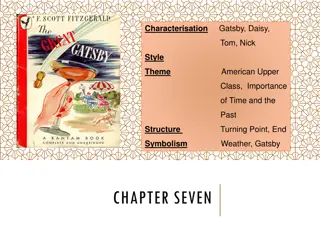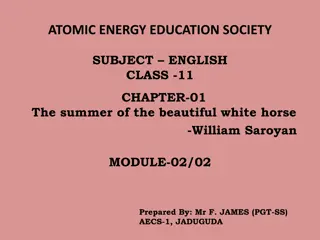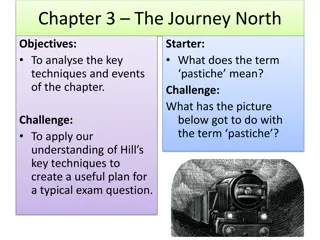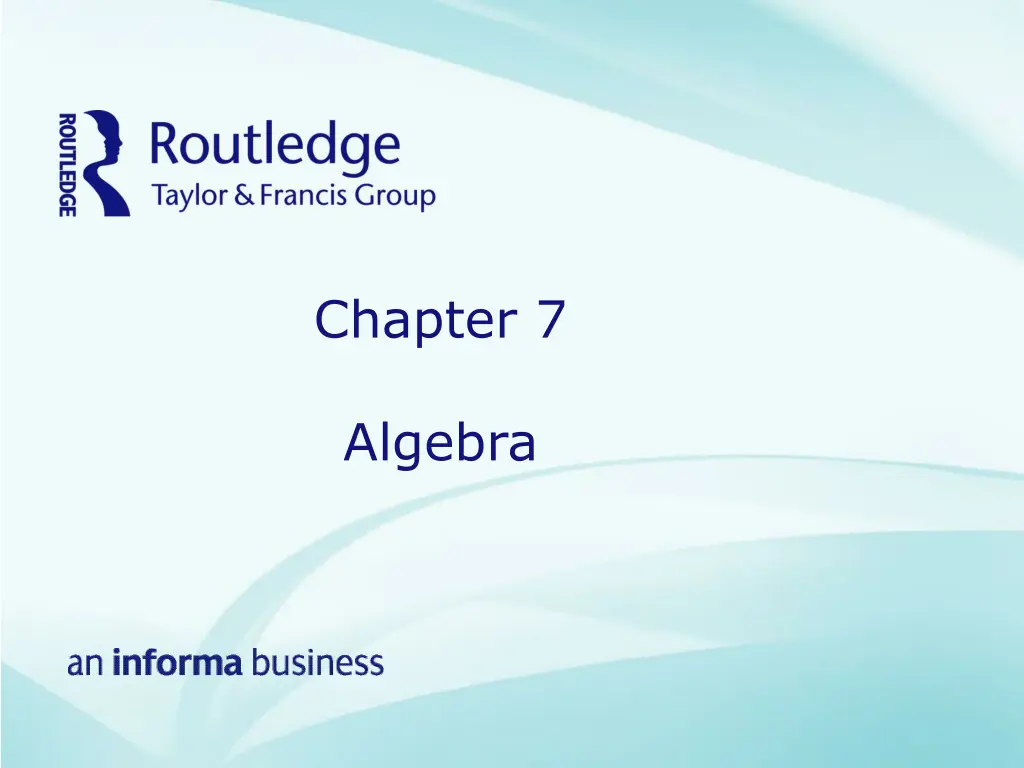
Understanding Algebraic Thinking in Mathematics
Discover how algebraic thinking forms the foundation of mathematics, especially for young learners grasping the concepts of generalizing and specializing. Dive into exploring grids, shapes, and quantitative relationships to enhance algebraic understanding in early years education.
Download Presentation

Please find below an Image/Link to download the presentation.
The content on the website is provided AS IS for your information and personal use only. It may not be sold, licensed, or shared on other websites without obtaining consent from the author. If you encounter any issues during the download, it is possible that the publisher has removed the file from their server.
You are allowed to download the files provided on this website for personal or commercial use, subject to the condition that they are used lawfully. All files are the property of their respective owners.
The content on the website is provided AS IS for your information and personal use only. It may not be sold, licensed, or shared on other websites without obtaining consent from the author.
E N D
Presentation Transcript
Chapter 7 Algebra
Chapter Summary The chapter explains how algebraic thinking is at the heart of mathematics from the minute we begin exploring the world mathematically It argues that young learners have a natural propensity for algebraic thinking It illustrates how specialising and generalising are the big ideas that underpin algebraic thinking.
Starting point Explore any 2 x 2 grid in a 100 square. 12 13 22 23 What do you notice about the numbers in this grid? If we call the number in the top left hand corner n can you write an expression for the sum of the 4 numbers? Explore totals in different grids within the 100 square?
Portfolio task Look at this series of shapes: How do you see the shape growing? How many squares would be in the 100thshape? How many squares would be in shape N ?
Algebra in the Early Years: Yes! Read the article Algebra in the Early years: Yes by Jennifer Taylor Cox. Which activities could you use or develop for use in your own classroom? Write a paragraph in your journal outlining how children in the Early Years are developing algebraic thinking.
Modelling Quantitative Relationships A farmer has only goats and chickens. She has 28 animals and there are 72 legs all together. How many chickens and goats are there? Illustrate your thinking using diagrams or jottings.
Observing the teaching of algebra Watch the video of pupils engaging in an investigation exploring handshakes on the companion website. How would you introduce this activity to a class that you were working with? How would you group the pupils? How would you arrange the classroom?





